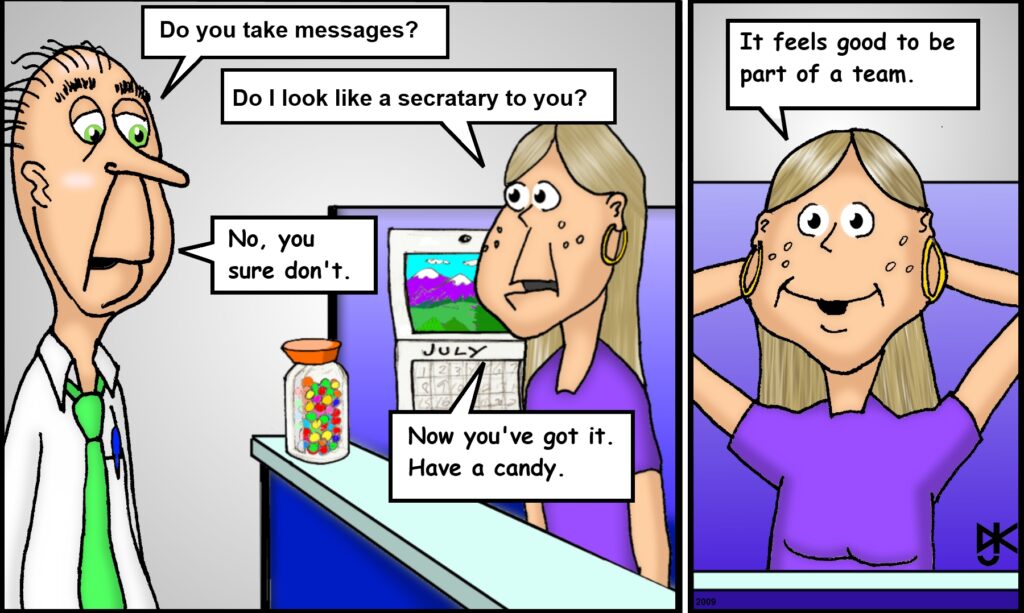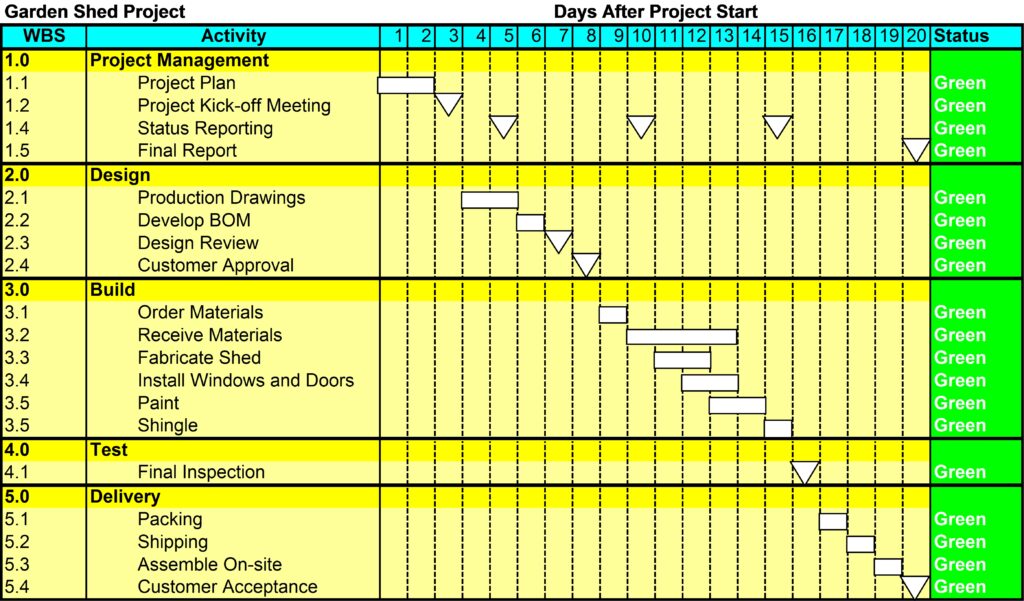Introducing Jimmy McCrusty
This is where the Project Manager comes in. Jimmy McCrusty is the Senior Project Manager at Our Company. Jimmy McCrusty was born in Scotland about 130 years ago. He earned a Bachelor’s degree in Physics way back when individual transistors were the size of pool balls and computers filled a room. Lately, his physics skills have been getting kind of stale, however, and nobody was interested in hiring him to do physics anymore. Young kids with Master’s degrees were the newest company savior. Old guys without Master’s degrees were the latest thing in redundancy.
But Jimmy was a resilient old fart and so he kept re-inventing himself in order to keep paying the mortgage and sending his kids on school trips to exotic places like Bali and Nepal. He tried Requirements Management Analysis but nobody knew what that was and stopped talking to him at parties. He tried Quality Assurance but everybody hated him and stopped inviting him to parties. Finally, after being laid off half a dozen times and trying almost as many careers, Jimmy finally found his true calling – Project Management. Here at last was a career that rewarded age and experience rather than vilifying it as sign of outdated skills and outmoded ideas. Jimmy McCrusty was back in the game.

James (Jimmy) McCrusty
The Project Manager reports directly to Donald Dickless, the VP of Operations. The Project Manager hates the VP of Operations. Donald Dickless always wears a tie and is easily offended. He takes himself way too seriously. He is about as much fun to go for a beer with after work as a grumpasaurus with an earache. Donald Dickless gave Jimmy the sketch of the garden shed and the promised delivery date – which at four weeks actually seemed achievable. The price was laughably low for a custom made job, but Our Company was revenue driven and never turned down business. The profits would take care of themselves.

Donald Dickless
The VP of Finance, knowing that the Project Manager was screwed from the get go, gave him a break on the budget by promising to absorb the materials cost as a write-down against inventory in the next fiscal year. The VP of Finance could do anything with an Income Statement. He was running out of creative accounting tricks, however, and the skeletons were starting to pile up in the closet. That IPO had better come soon.
The Project Plan
The Project Manager prepared a Project Plan as per company procedures. Mandatory sections in the Project Plan, as per the company process, included a Gantt chart, a Pert chart, a person-loading plan, a detailed cost breakdown, a Quality Assurance Plan, and a Risk Management Plan. The Project Manager had long since written a generic Quality Assurance and Risk Management Plan that could be applicable to anything from a granola bar to a nuclear submarine. He just did a global replace of “product” with “garden shed” and these sections were complete. Sometime he forgot to click the ‘Replace All’ button but nobody ever noticed. The Senior Management Team never read his Project Plans anyway, and were content to verify that Table of Contents looked complete in accordance with the template for a Project Plan as laid down in the company’s ISPO-2000 procedures. He approached Kathy Slackersby, an Administrative Assistant at Our Company, and asked her to format the document according to the company template.



Administrative Assistants
That was Kathy Slackersby, Administrative Assistant, and that, of course, was a Completely True Story. Back in the twentieth century, companies employed Secretaries. Secretaries typed up memos, filed documents, delivered the mail, took messages, and ran the fax machine – sometimes even cheerfully.

Kathy Slackersby
Today, with the ubiquitous use of word processing software, employees prepare their own documents. E-mails have replaced memos, voice mail has replaced the message pad, and meetings are booked online. Offices are paperless, so there is nothing to file and faxes are used only for personal business. In short, all of the traditional secretarial job functions have been replaced by technology.
As a result of all this tumultuous change, Secretaries have been replaced by Administrative Assistants. Administrative Assistants don’t have to type, file, or answer the phone and are loath to do so if asked. If fact, the term “Administrative Assistant” sounds so high-falutin’ that Administrative Assistants are reluctant do anything at all. Doctors are up to their armpits in blood, puss, and poop all day saving lives. Ask an Administrative Assistant to bring you a cup of coffee and you’ll find yourself accused of sexual harassment.
Kathy is from a small town called Middlevale about an hour’s drive from Our Company. She is 24 years old and has worked at Our Company ever since she graduated from high school seven years ago. Single, she lives in a small apartment near a dog park where she regularly exercises her two hundred pound German Shepherd. She is interested in men but her giant dog has other ideas and quickly scares potential suitors away. Kathy’s chief skills are shirking work and ducking responsibility. As a result of her complete lack of visibility, her position at Our Company is secure even though no-one is quite sure what she does or who she works for.
The Schedule
The Project Manager was not given any input into the delivery date for the garden shed. No surprise there. The delivery date was driven by the customer’s needs and additionally, in this case, by an over-zealous salesperson. So Jimmy McCrusty did what he always did and developed his schedule starting from both the planned start and finish dates and working his way towards the middle.
The schedule started with the preparation of the Project Plan, which came out of the project’s budget and was thus part of the project, followed by the design phase. Fabrication of the garden shed in the factory followed the design phase as shown below. The final activities were the assembly of the garden shed and acceptance in the customer’s back yard. The customer was responsible for site preparation.

Garden Shed Project Gantt Chart
Now, that’s a good looking Gannt Chart. The little triangles are called milestones. Milestones have no duration but represent significant achievements along the way. When a milestone is reached, the Project Manager will dutifully fill it in on his weekly status report. The horizontal bars represent tasks that require a duration and usually effort to accomplish.
So, with the development of a Project Plan, the Project Manager breathes life into his nascent project. And in the same way that some people believe that our lives are charted from beginning to end even before we are born, fatalism it’s called, some people believe that the Project Plan accurately charts the life of a project even before it begins. Naivety, it’s called. Those few believers in project fatalism are mainly senior managers who hate with a passion to hear bad news and hate even worse to pass along bad news to shareholder and investors. Senior managers believe that a project is destined to end with a successful conclusion because that’s what they need to believe.
On the other hand, there aren’t too many project managers out there who believe that a project will run on its own to a successful conclusion simply by distributing the Project Plan to those who will be doing the work. Projects need to be nurtured and guided along the path that’s been planned for it.
And that’s the job of Jimmy McCrusty, Project Manager.